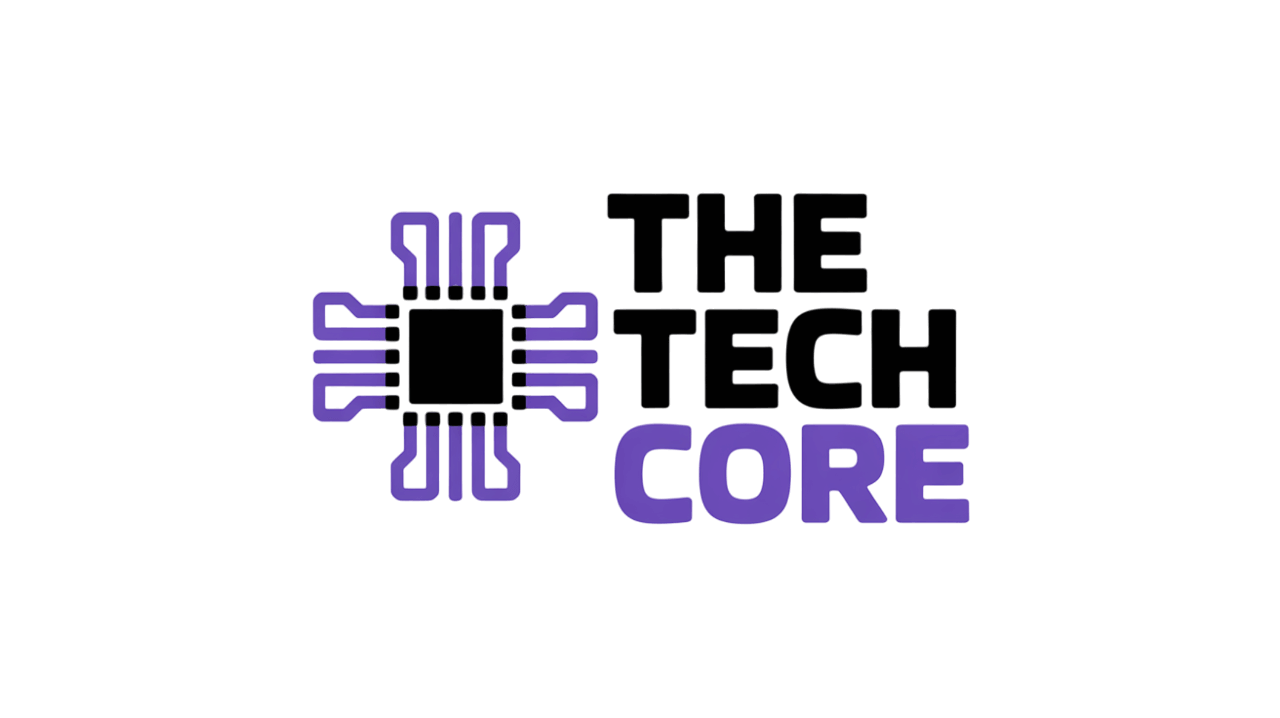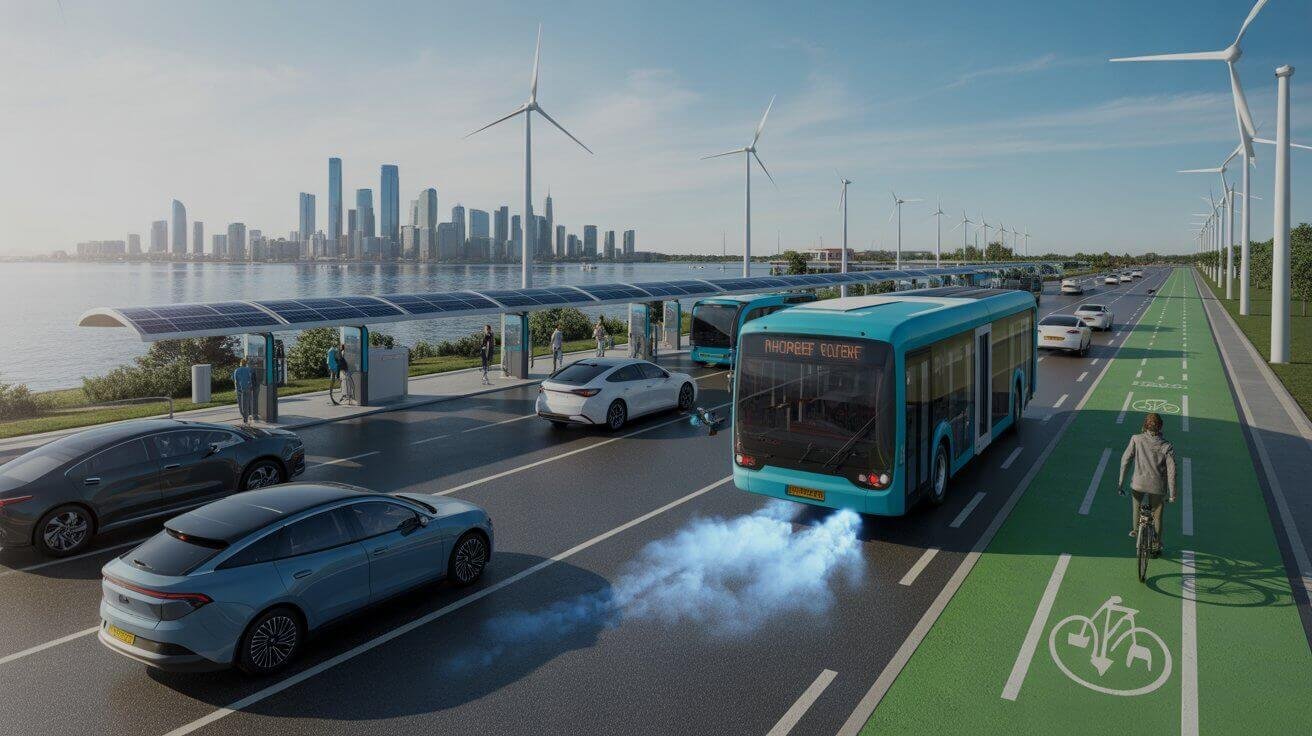Transportation is changing faster than ever before. Moreover, sustainable mobility solutions are no longer just an environmental ideal—they’re becoming the practical reality for millions of people worldwide. Electric car sales exceeded 17 million globally in 2024, reaching a sales share of more than 20%, while innovative sustainable mobility solutions continue transforming how we think about getting from point A to point B.
But here’s what makes this transformation so compelling: it’s not just about replacing gas cars with electric ones. Instead, we’re witnessing a complete reimagining of transportation that includes hydrogen fuel cells, advanced biofuels, and entirely new approaches to urban mobility.
The Electric Vehicle Revolution: Leading Sustainable Mobility Solutions
Electric vehicles have become the most visible part of sustainable mobility solutions, and for good reason. Furthermore, the numbers tell an incredible story of rapid adoption and technological advancement.
China accounted for nearly 60% of all new electric car registrations globally in 2023, with the share of electric cars in total domestic sales reaching over 35%. Meanwhile, Europe is expected to see its EV sales share increase to 25% in 2025, driven by stricter CO2 emission standards.
Electric vehicles offer compelling advantages that make them attractive sustainable mobility solutions. All-electric vehicles produce zero tailpipe emissions and can exceed 130 MPGe efficiency ratings. Furthermore, today’s light-duty EVs can drive 100 miles consuming only 25-40 kWh of electricity, making them incredibly cost-effective to operate.
The charging infrastructure has expanded dramatically to support this growth. The number of publicly accessible charging stations in the United States reached more than 60,000 in 2024, offering more than 162,000 charging ports. Consequently, range anxiety—once a major barrier to EV adoption—is becoming less of an issue for most drivers.
However, challenges remain. Purchase prices can be significantly higher than conventional vehicles, though prices are likely to equalize as production volumes increase and battery technologies mature. Nevertheless, initial costs can be offset by fuel savings, federal tax credits, and state incentives.
Hydrogen: The Alternative Fuel Powering Future Mobility
While electric vehicles dominate headlines, hydrogen represents another crucial component of sustainable mobility solutions. Particularly for applications where batteries face limitations, hydrogen offers unique advantages that could reshape transportation.
South Korea leads globally with 19,270 fuel-cell vehicles, followed by the United States with 12,283, demonstrating that hydrogen technology is already being deployed at scale. These hydrogen fuel cell vehicles operate by combining hydrogen gas with oxygen to produce electricity, emitting only water vapor and heat.
Hydrogen excels in areas where battery electric vehicles struggle. For instance, fuel cell vehicles can refuel in 3-5 minutes and achieve ranges of 300-400 miles, comparable to conventional vehicles. This makes hydrogen particularly attractive for heavy-duty transportation, long-haul trucking, and other applications where rapid refueling and extended range are critical.
The infrastructure is growing to support these sustainable mobility solutions. Japan aims to build 320 hydrogen refueling stations by 2025 and 900 by 2030, while Europe expects to increase from 152 stations in 2018 to 770 in 2025.
However, hydrogen faces significant challenges. Currently, approximately 96% of global hydrogen production relies on fossil fuels, while green hydrogen produced via electrolysis remains expensive at $2.28-7.39/kg compared to grey hydrogen at $0.67-1.31/kg.
Biofuels and Synthetic Fuels: Bridging the Transition
Beyond electricity and hydrogen, other sustainable mobility solutions are emerging to address specific transportation challenges. Advanced biofuels and synthetic fuels offer particular promise for sectors where electrification faces significant hurdles.
Biofuels are currently the most important type of alternative fuels, accounting for 4.4% in EU transport. These fuels can contribute to substantial CO2 emissions reduction when produced sustainably, and they offer a key advantage: compatibility with existing engines and infrastructure.
Second-generation biofuels, produced from non-food feedstocks, address concerns about competition with food production. Meanwhile, e-fuels—synthetic fuels created by combining green hydrogen with captured CO2—offer theoretically unlimited production potential. Companies like Porsche have invested over €100 million in e-fuel production facilities, successfully testing the technology in motorsport applications.
However, these sustainable mobility solutions face their own challenges. Supply constraints and sustainability considerations limit biofuel scaling, while e-fuels remain energy-intensive to produce. Despite these limitations, they provide crucial “drop-in” capabilities for sectors like aviation and shipping where other alternatives aren’t yet viable.
Real-World Implementation: Sustainable Mobility Solutions in Action
The transformation to sustainable mobility solutions isn’t just theoretical—it’s happening in cities and countries worldwide. Moreover, these real-world examples demonstrate both the potential and the challenges of implementing clean transportation at scale.
Norway provides perhaps the most dramatic example of successful sustainable mobility solutions deployment. The country saw 88% of car sales being battery electric vehicles and under 3% plug-in hybrids in recent years. This success resulted from a comprehensive policy approach including tax incentives, access to bus lanes, and free parking for EVs.
In the commercial sector, sustainable mobility solutions are gaining traction in specific applications. Urban bus fleets are electrifying rapidly, with global electric truck sales surging nearly 80% in 2024, hitting 2% of total truck sales. Companies are finding that the total cost of ownership for electric commercial vehicles can be competitive with diesel alternatives, especially for predictable routes and urban applications.
The aviation industry is exploring sustainable mobility solutions through advanced biofuels and synthetic fuels. While passenger EVs aren’t viable for flight, sustainable aviation fuels can reduce emissions by up to 80% compared to conventional jet fuel when produced sustainably.
Practical Steps for Individuals and Organizations
If you’re considering sustainable mobility solutions, here are actionable steps you can take today:
For Individual Consumers:
- Calculate your total cost of ownership when comparing EVs to conventional vehicles, including fuel savings and incentives
- Research charging infrastructure in your area and daily driving patterns to determine if current EVs meet your needs
- Additionally, consider plug-in hybrid vehicles as a bridge technology if full electric doesn’t fit your lifestyle yet
For Businesses and Fleet Operators:
- Analyze routes and usage patterns to identify vehicles suitable for electrification
- Furthermore, investigate federal and state incentives for commercial clean vehicle purchases
- Partner with utilities to understand electricity costs and potential demand charges for fleet charging
For Policymakers:
- Support charging infrastructure development, particularly in underserved communities
- Meanwhile, consider zero-emission vehicle mandates and low-emission zones
- Also, invest in public transportation and active transportation infrastructure as complementary sustainable mobility solutions
The key is starting with applications where sustainable mobility solutions offer clear advantages, then expanding as technology improves and costs decrease.
The Future of Transportation: Integrated Mobility Ecosystems
Looking ahead, sustainable mobility solutions will likely involve integrated ecosystems rather than single technologies. Consequently, the future transportation landscape will feature multiple complementary approaches designed for specific use cases.
Urban areas will likely see continued growth in battery electric vehicles, supported by extensive charging networks and integration with renewable energy systems. Meanwhile, hydrogen fuel cells will find their niche in heavy-duty transportation, long-haul shipping, and industrial applications where rapid refueling and high energy density are critical.
Advanced materials and manufacturing processes will drive down costs across all sustainable mobility solutions. Independent analyses suggest price parity between some electric and conventional car models could be reached over the 2025-2028 period, particularly for small electric cars in Europe.
Integration of sustainable mobility solutions with smart city infrastructure will optimize transportation efficiency. Vehicle-to-grid technology will allow EVs to support electrical grid stability, while autonomous vehicle technology could reduce the total number of vehicles needed through improved utilization rates.
However, this transition requires continued investment in infrastructure, supportive policies, and public-private partnerships. The scale of transformation needed—replacing billions of vehicles and rebuilding fuel distribution systems—represents one of the largest industrial transformations in human history.
Conclusion: The Road Ahead for Sustainable Transportation
Sustainable mobility solutions are no longer a question of “if” but “how quickly” they’ll transform our transportation systems. Electric vehicles are leading this charge, with sales growing exponentially and costs continuing to fall. Meanwhile, hydrogen fuel cells and advanced biofuels are finding their place in applications where batteries aren’t optimal.
The success of this transformation depends on continued innovation, supportive policies, and consumer adoption. But the trends are clear: transportation is becoming cleaner, more efficient, and more sustainable with each passing year.
For individuals, businesses, and governments, the time to engage with sustainable mobility solutions is now. Whether that means purchasing an electric vehicle, investing in charging infrastructure, or supporting policies that accelerate clean transportation deployment, every action contributes to a more sustainable future.
The road ahead isn’t without challenges—infrastructure needs, cost considerations, and technical limitations remain. However, the momentum behind sustainable mobility solutions continues building, driven by environmental necessity, economic opportunity, and technological advancement. We’re not just changing how we get around; we’re reimagining what transportation can be in a sustainable world.








